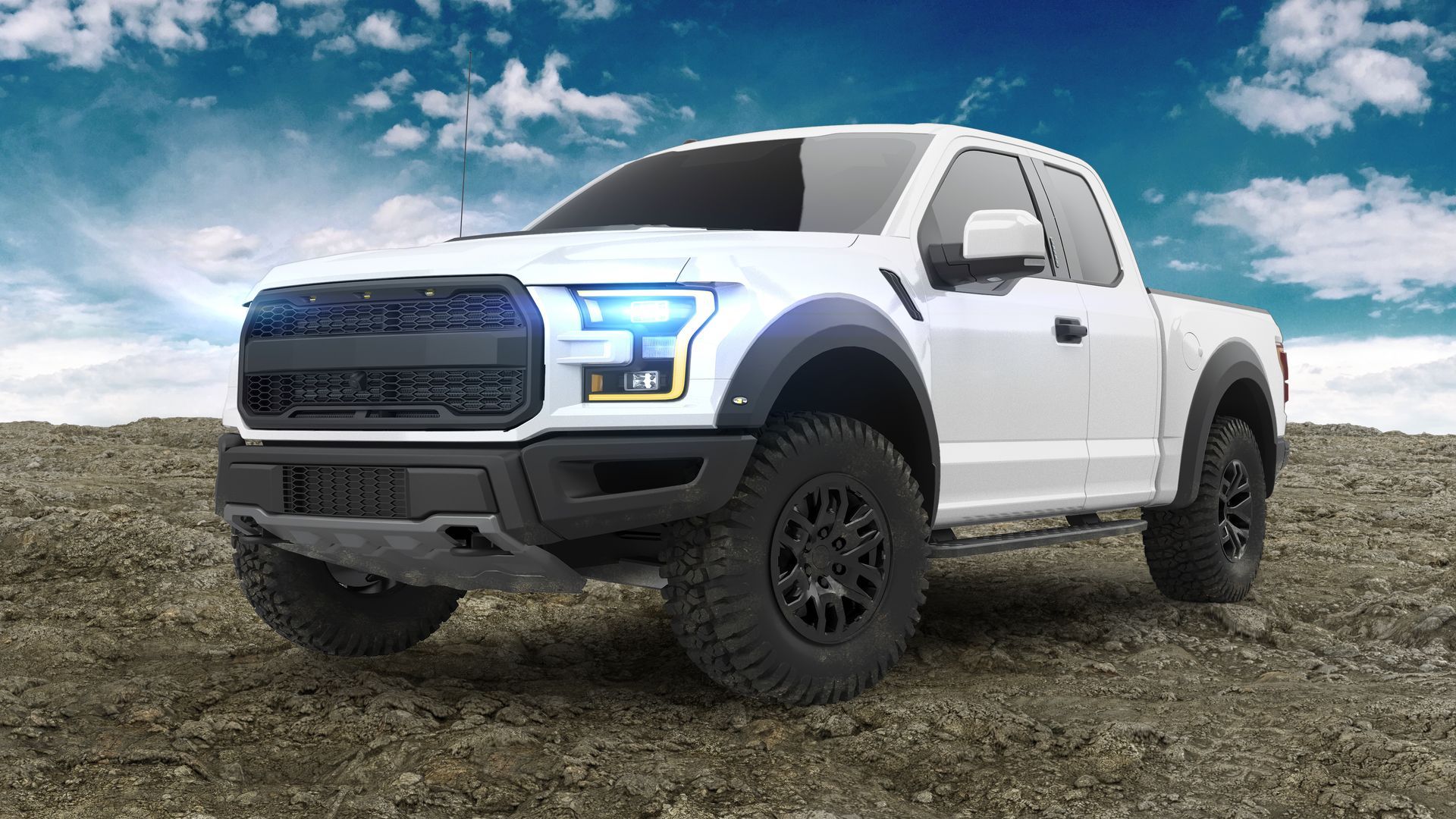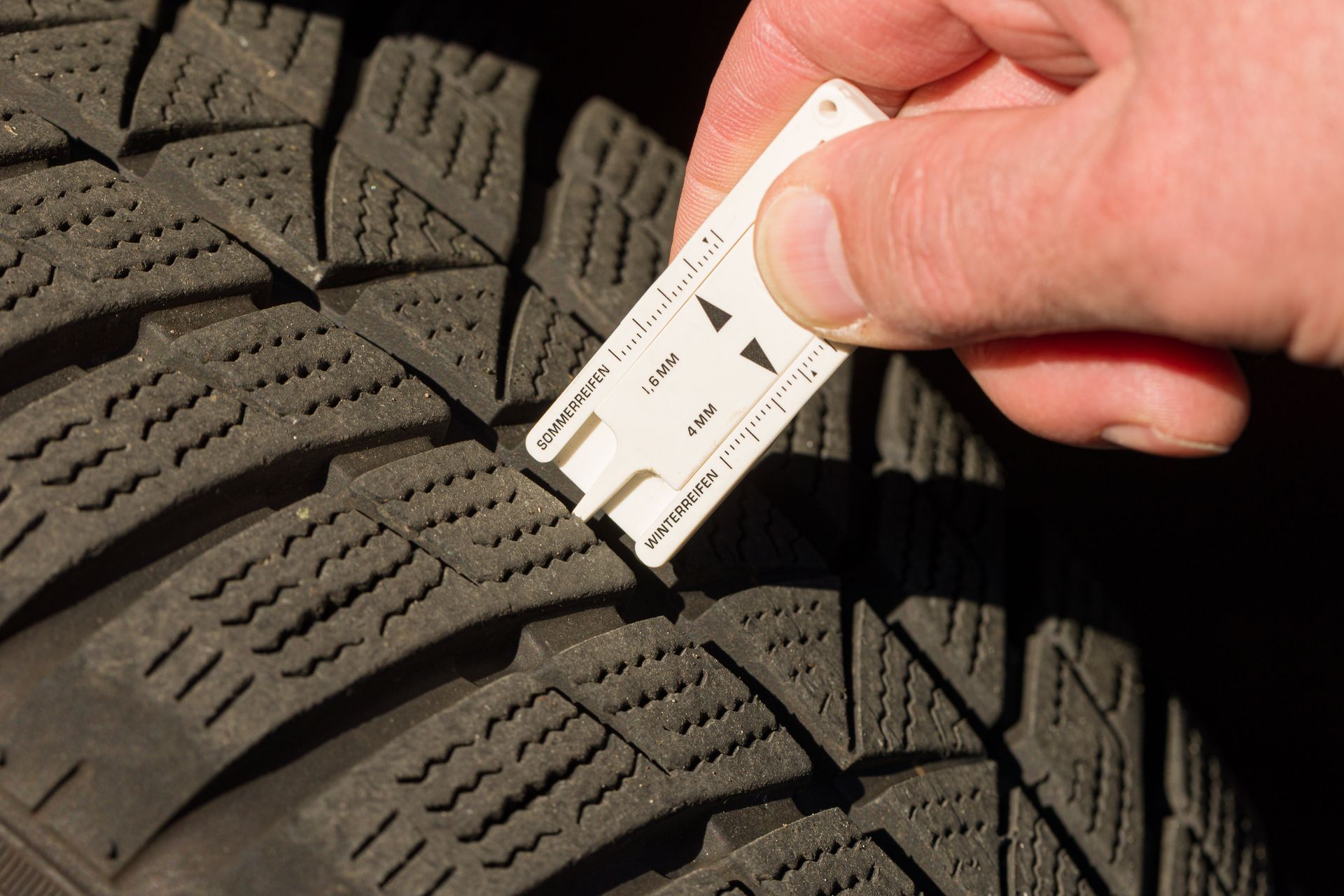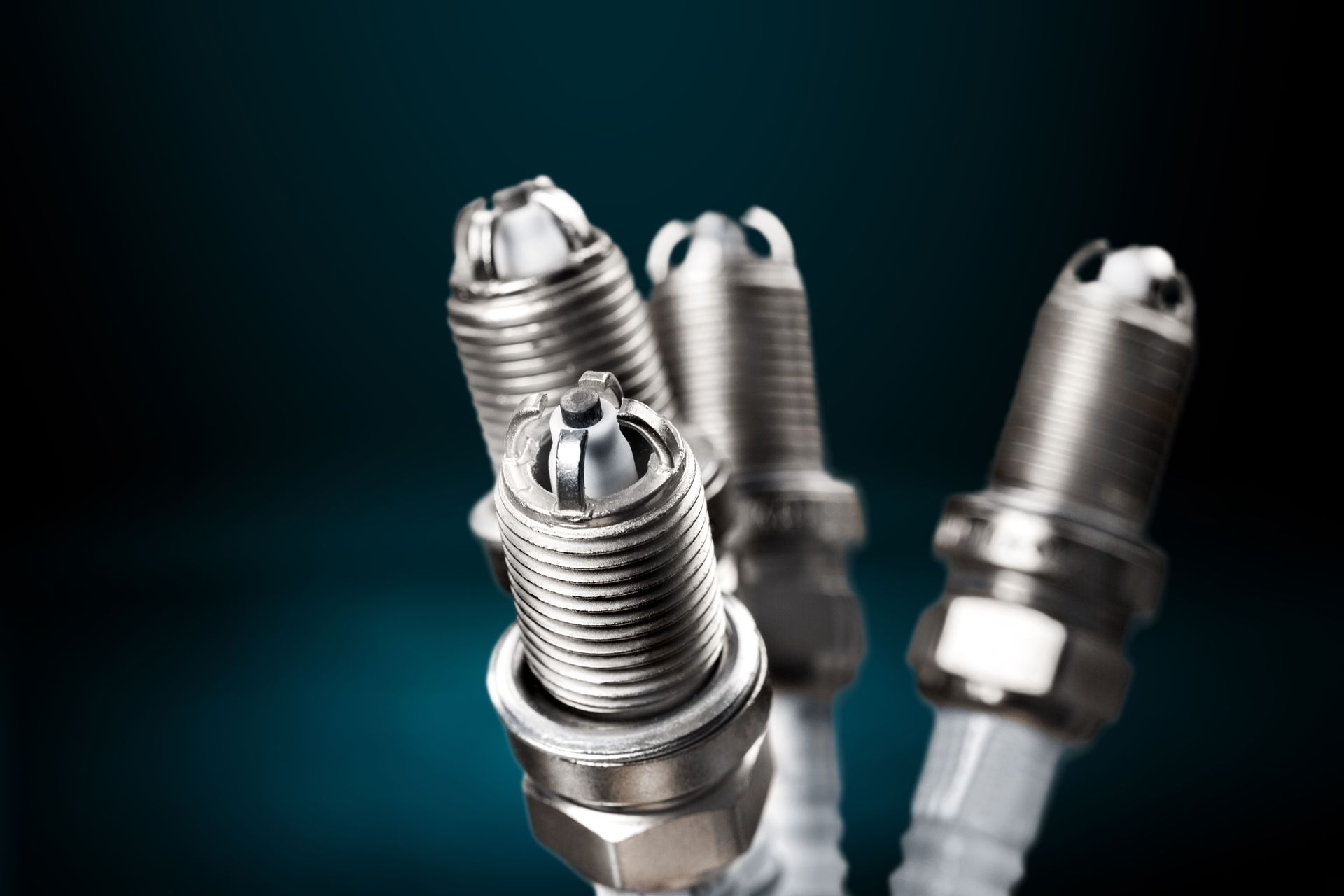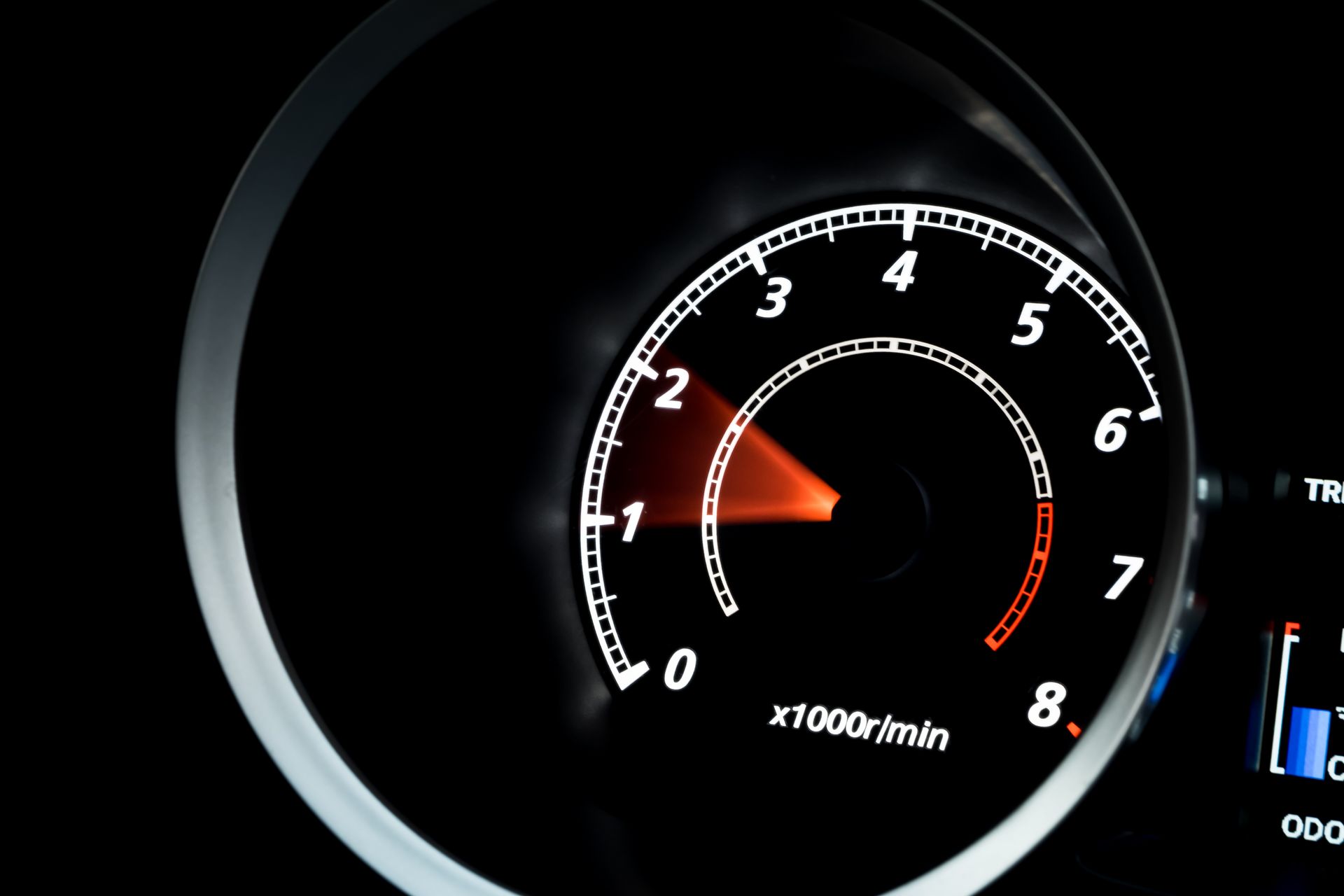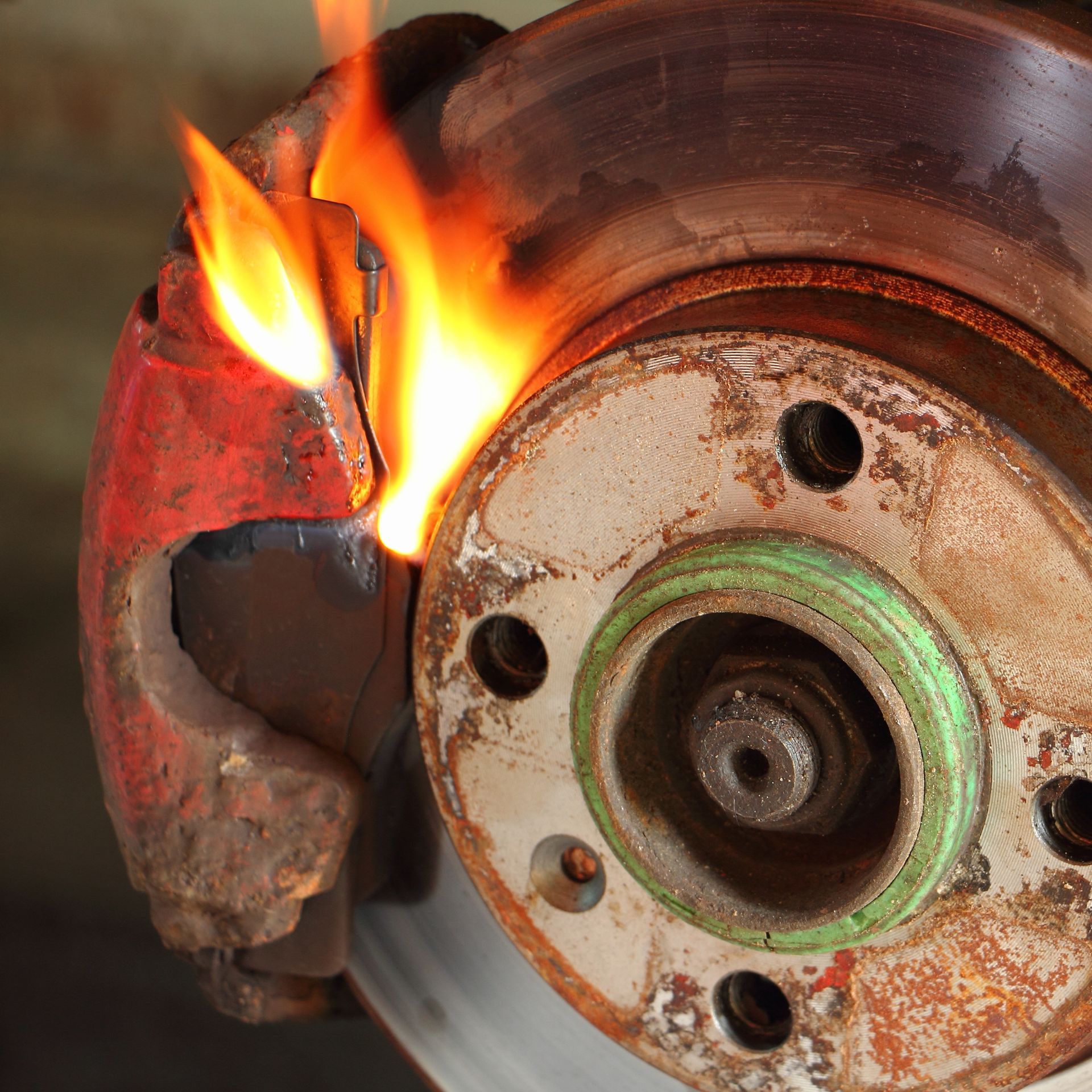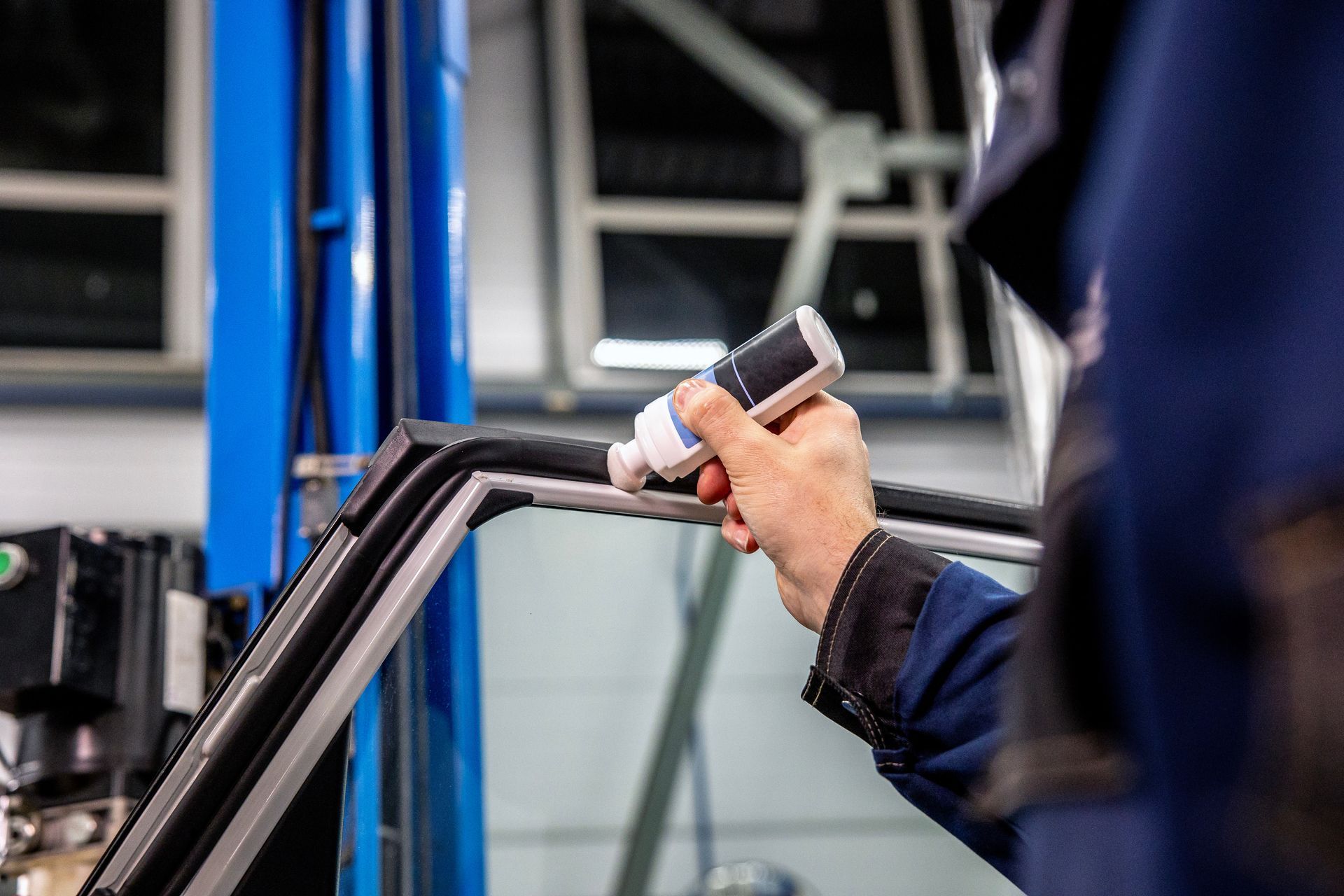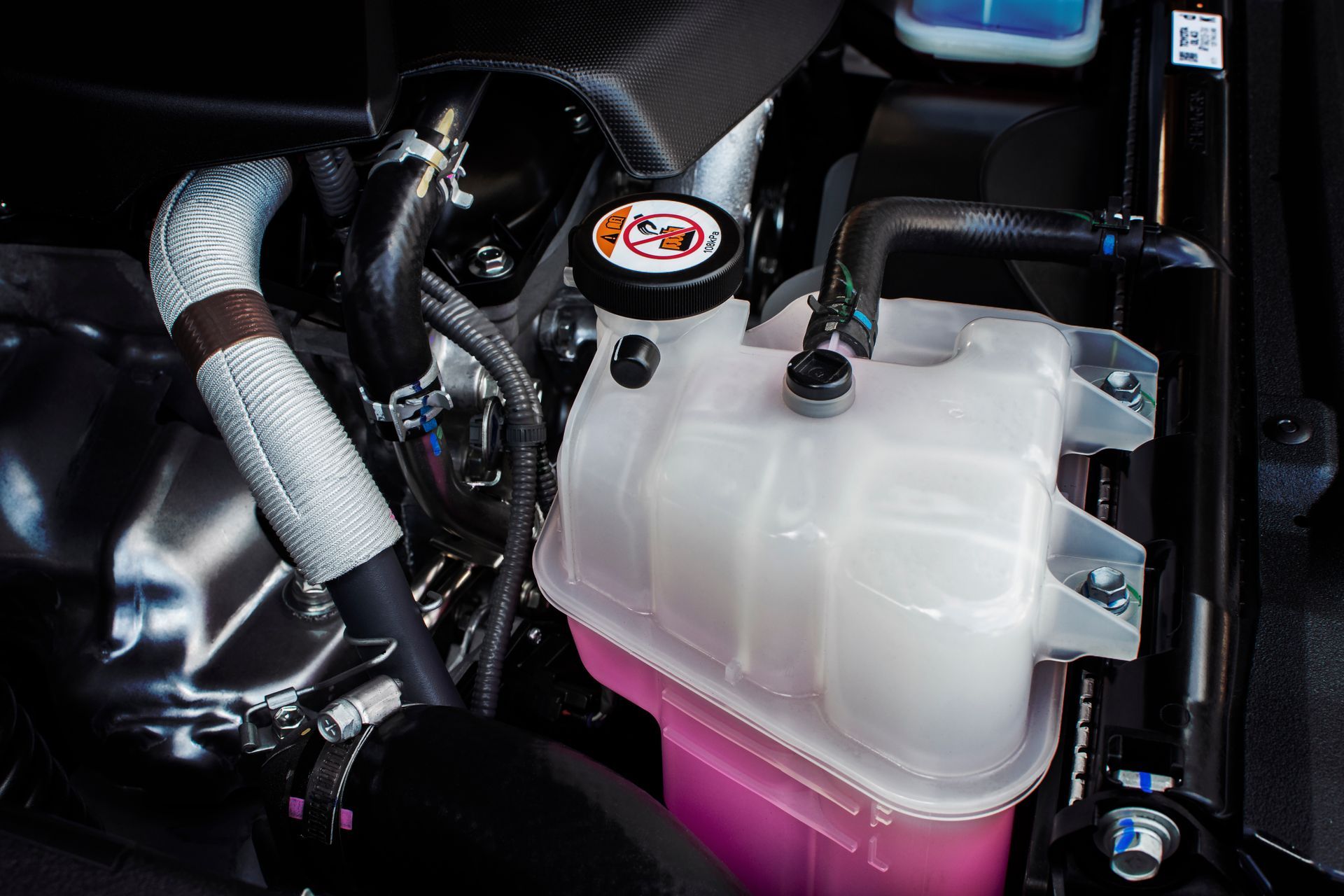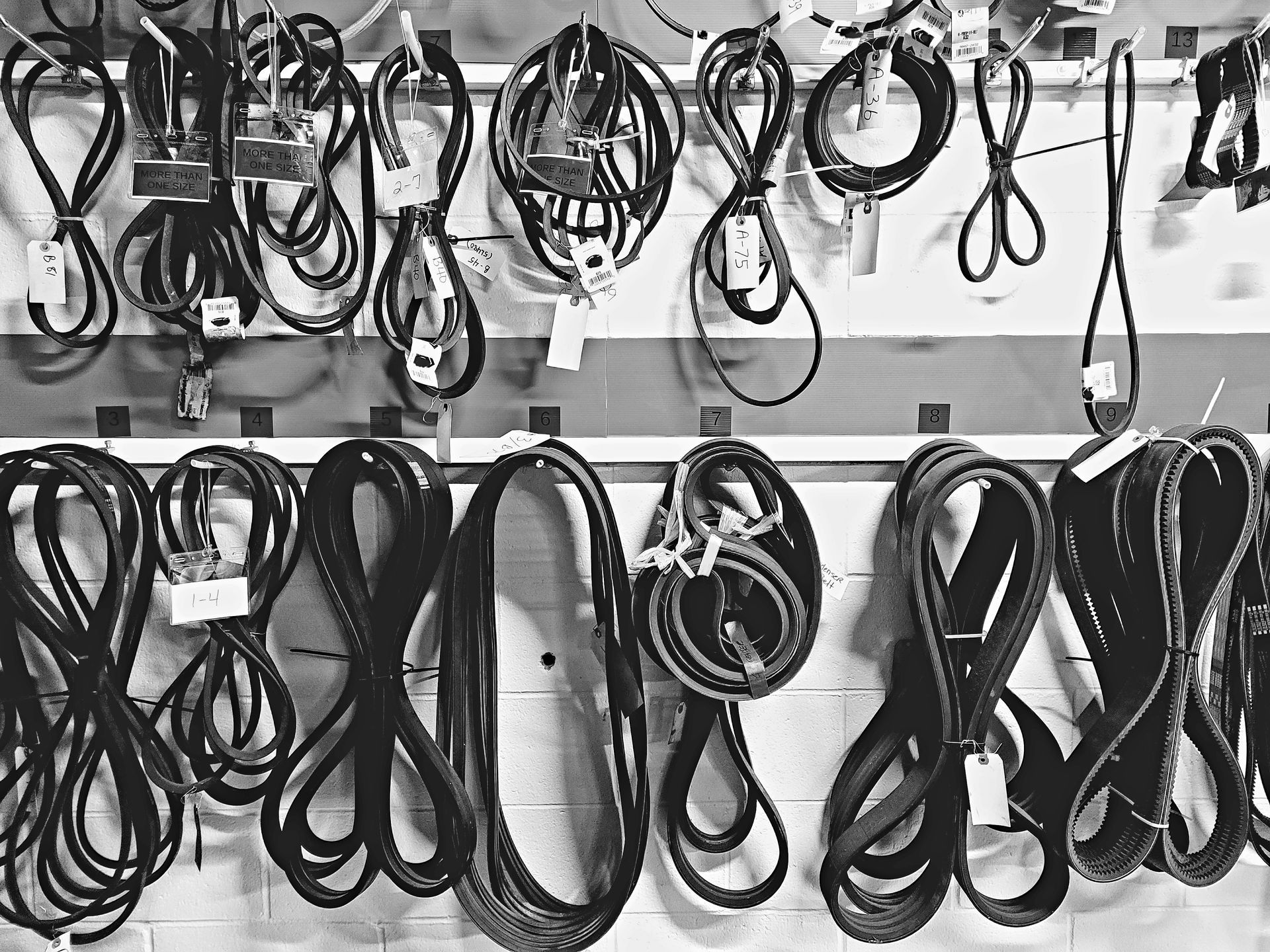Modern vehicles are equipped with advanced safety systems designed to help you maintain control in tough conditions. Two of the most important are the ABS (Anti-lock Braking System) and traction control. If both warning lights appear on your dashboard at the same time, it’s a sign your vehicle is trying to alert you to a problem that should not be ignored.
Here’s what these lights mean and what to do next.
What the ABS Light Tells You
The ABS helps prevent your wheels from locking up during sudden braking. It uses sensors at each wheel and a control module to monitor wheel speed. When one or more wheels begin to skid, the system pulses the brakes to maintain traction and allow steering control.
If the ABS warning light comes on, it means something in the system isn’t working properly. This could be due to a failed sensor, a broken wire, or a malfunction in the control module. While your standard brakes will still work, the added safety of the anti-lock function won’t be available.
Why the Traction Control Light Comes On
Traction control uses some of the same components as ABS. It monitors wheel speed and helps prevent loss of traction, especially on slippery roads. When it detects a wheel spinning faster than the others, it reduces engine power or applies brake pressure to slow that wheel down.
When the traction control light appears, the system may have disabled itself due to a fault. In most cases, the issue will involve a sensor or the vehicle’s electronic stability control module. If traction control isn’t working, your vehicle may be more prone to slipping or fishtailing during turns or acceleration.
Why Both Lights May Appear Together
Because ABS and traction control systems share sensors and control units, a problem with one part can affect both. For example, a failed wheel speed sensor will disrupt data for both systems. As a result, you may see both lights come on at once.
Another possibility is a malfunctioning brake control module, low brake fluid, or damaged wiring in the wheel hub. When multiple systems are impacted, the vehicle’s computer may shut them down temporarily to prevent unsafe operation.
Symptoms That May Accompany the Lights
In addition to the dashboard lights, you might notice some changes in how your vehicle drives:
- The brakes may feel different, especially under hard braking.
- You may hear a grinding or buzzing sound when braking, if the ABS is still partially active.
- The traction control system may feel sluggish or fail to intervene during skids.
- The vehicle might not respond the same way in turns or during quick stops.
Even if you don’t notice any driving issues, the lights are telling you that something needs attention. These systems are crucial for keeping your vehicle stable in emergencies.
Can You Keep Driving With These Lights On
While you can usually continue driving when the ABS and traction control lights come on, it's important to remember that your vehicle won’t have full stability support. You should avoid aggressive braking or driving in poor weather until the issue is resolved.
If both lights come on while driving, slow down and avoid risky maneuvers. It’s best to get your vehicle checked out as soon as possible, especially if conditions are wet or icy.
How Technicians Diagnose the Problem
To figure out why both lights are on, a technician will usually start with a diagnostic scan tool. This allows them to read trouble codes stored in the vehicle’s computer. From there, they’ll inspect wheel speed sensors, wiring, brake fluid levels, and the condition of the brake control module.
Sometimes, the fix is as simple as cleaning a sensor or replacing a damaged wire. In other cases, it may require replacement of the module or repairs to the hydraulic components.
Let Proper Service of Baldwin Place Keep Your Safety Systems in Check
If your ABS and traction control lights are both lit up, don’t leave it to guesswork. At Proper Service of Baldwin Place in Baldwin Place and Croton Falls, NY, our technicians will run a full diagnostic and pinpoint the cause. Whether it’s a sensor issue, low brake fluid, or a larger system fault, we’ll make sure your safety features are restored and your vehicle is ready for the road.
Schedule your inspection today and let us help keep your car stable and secure in all driving conditions.

